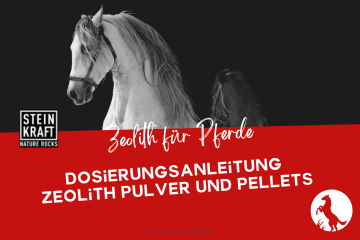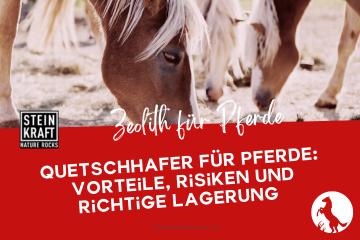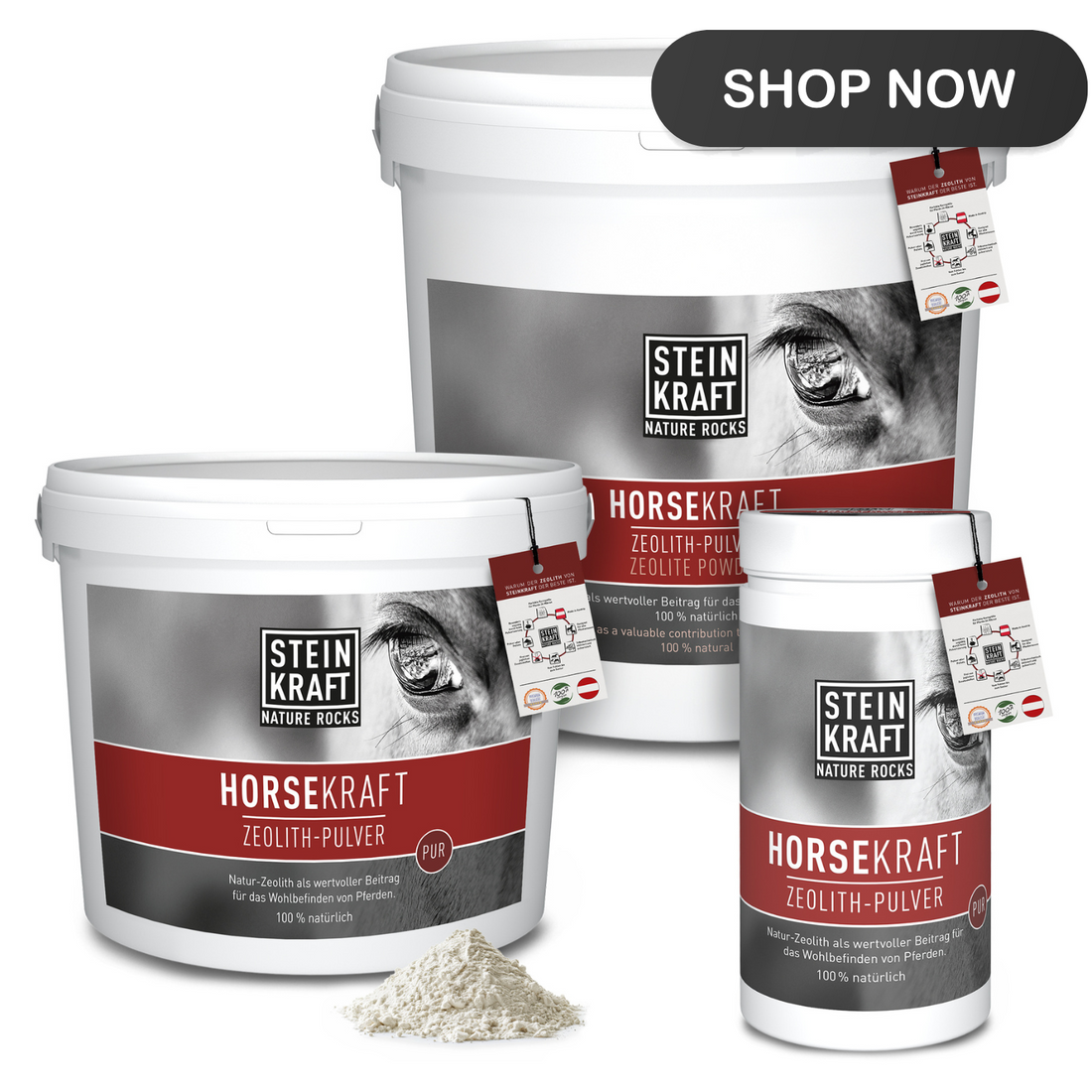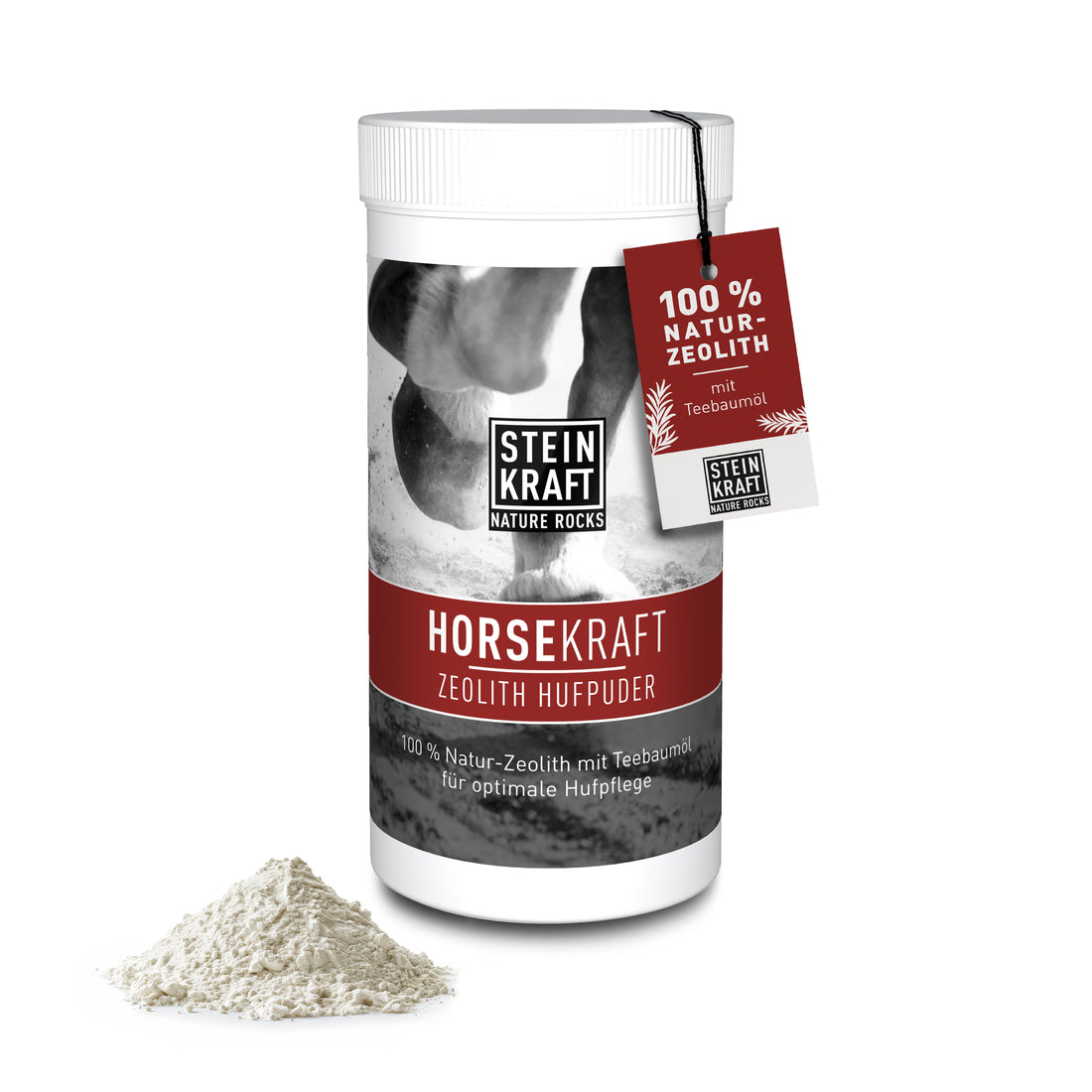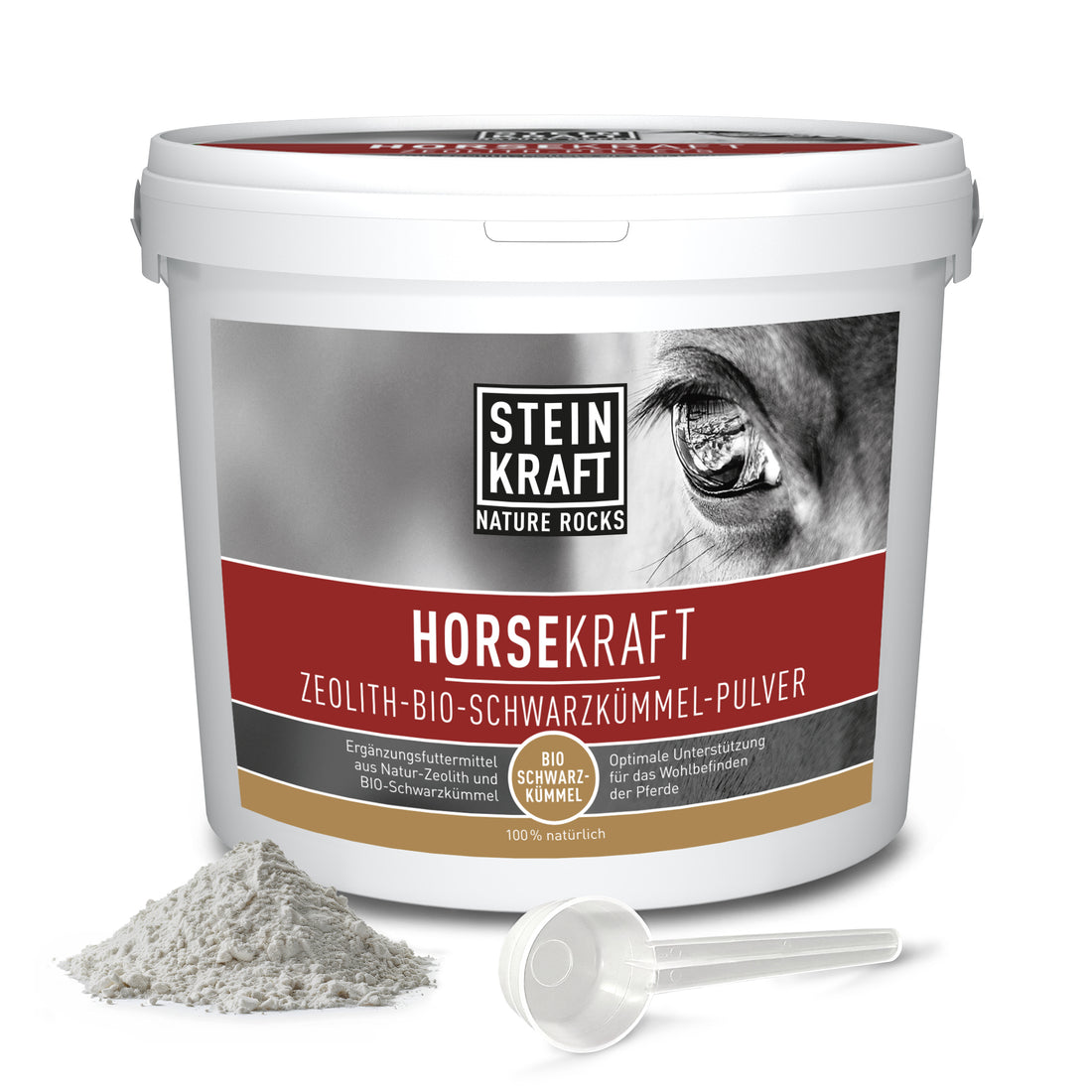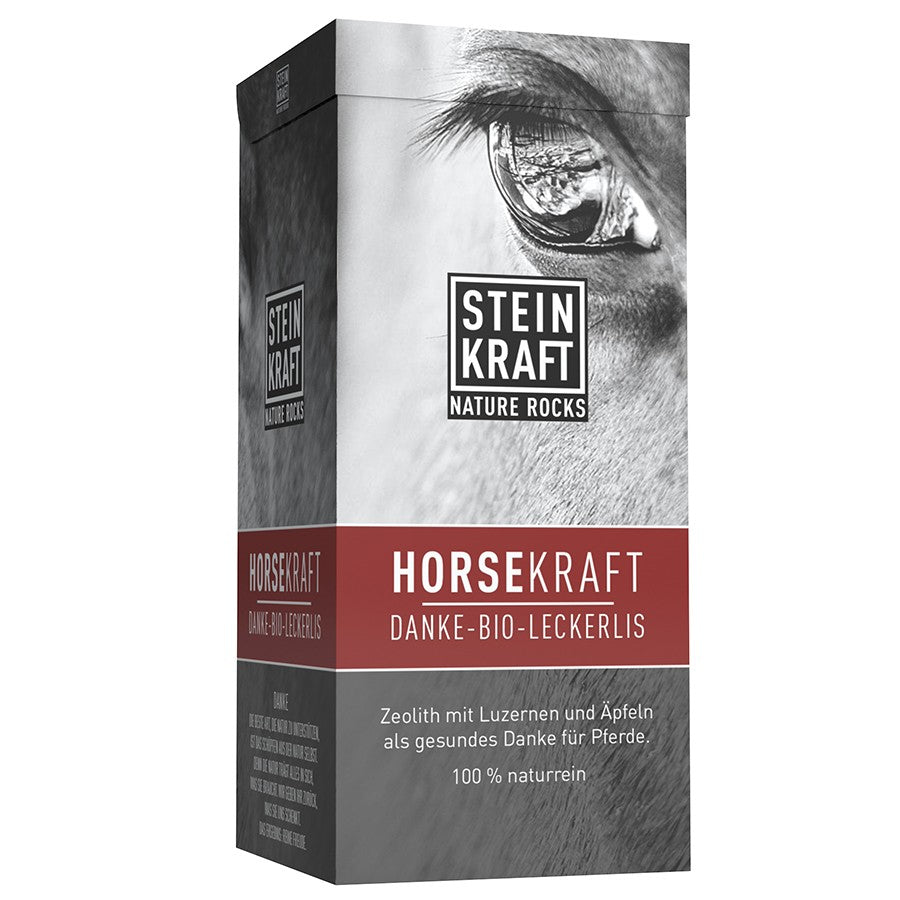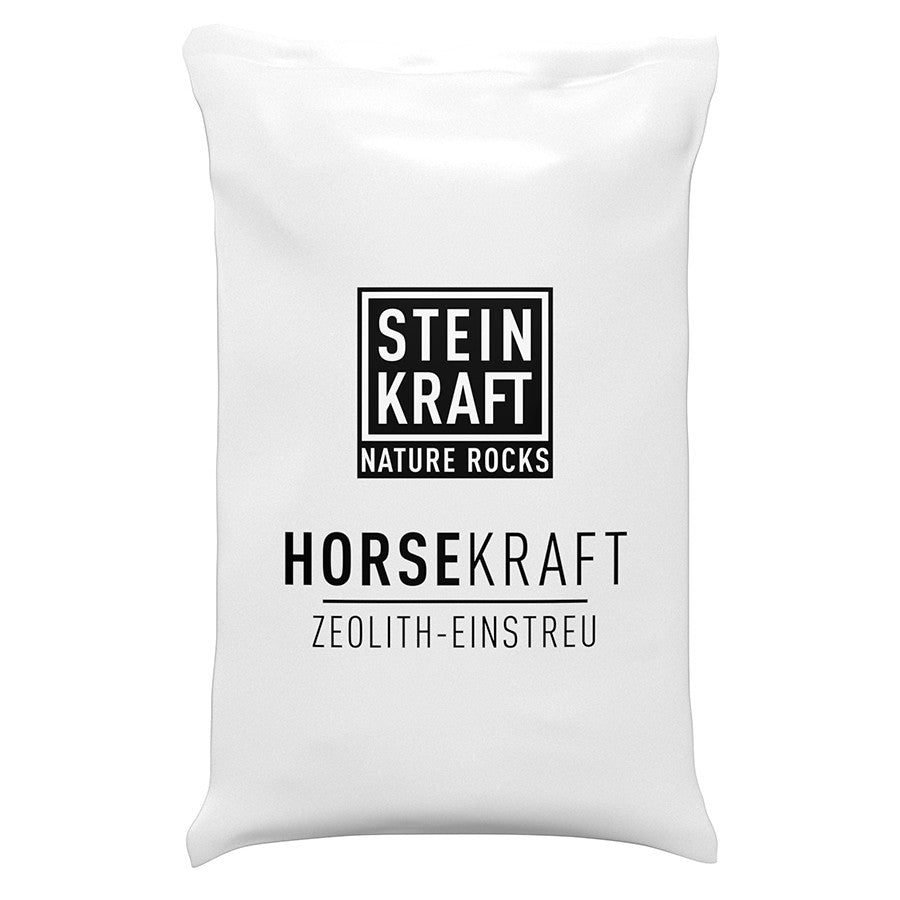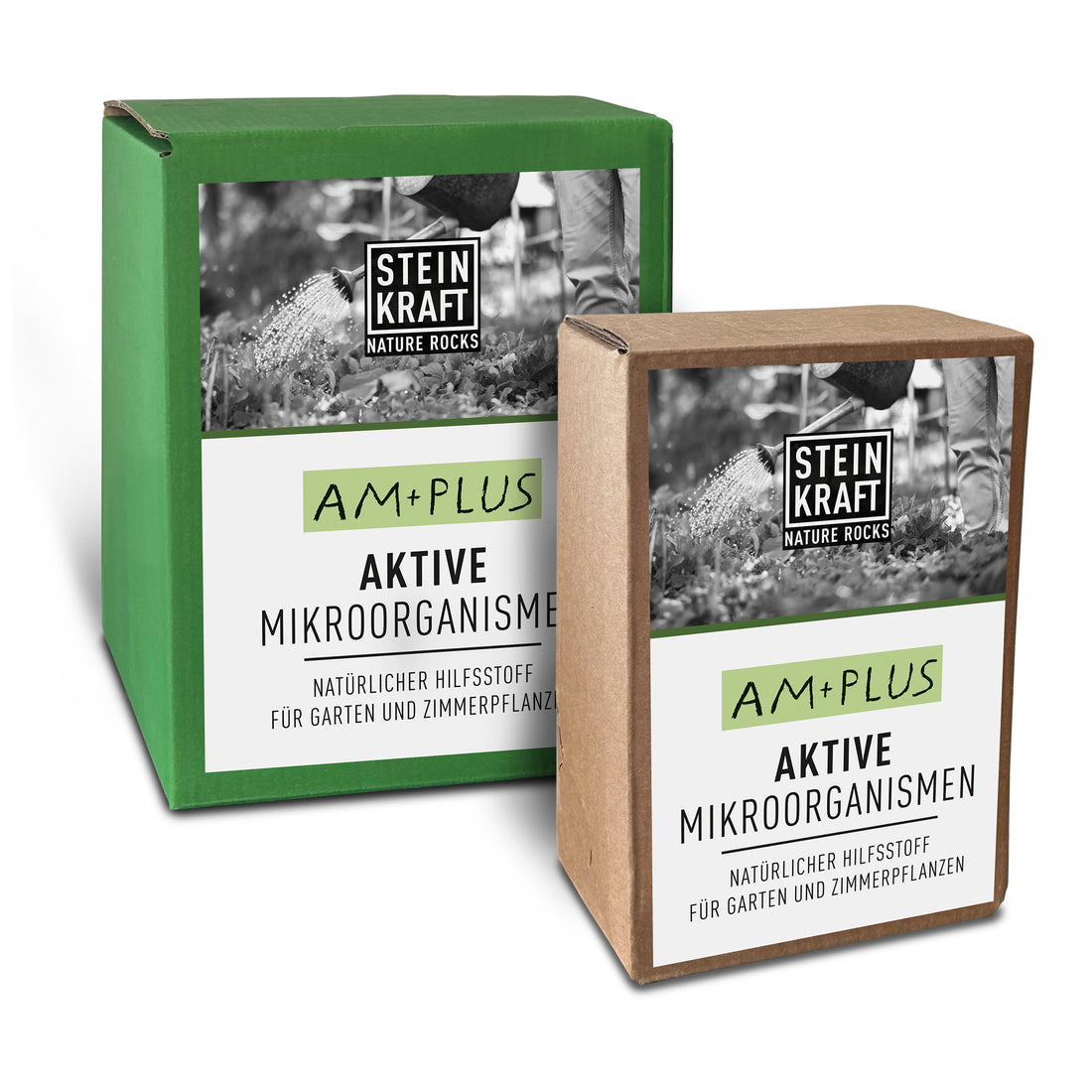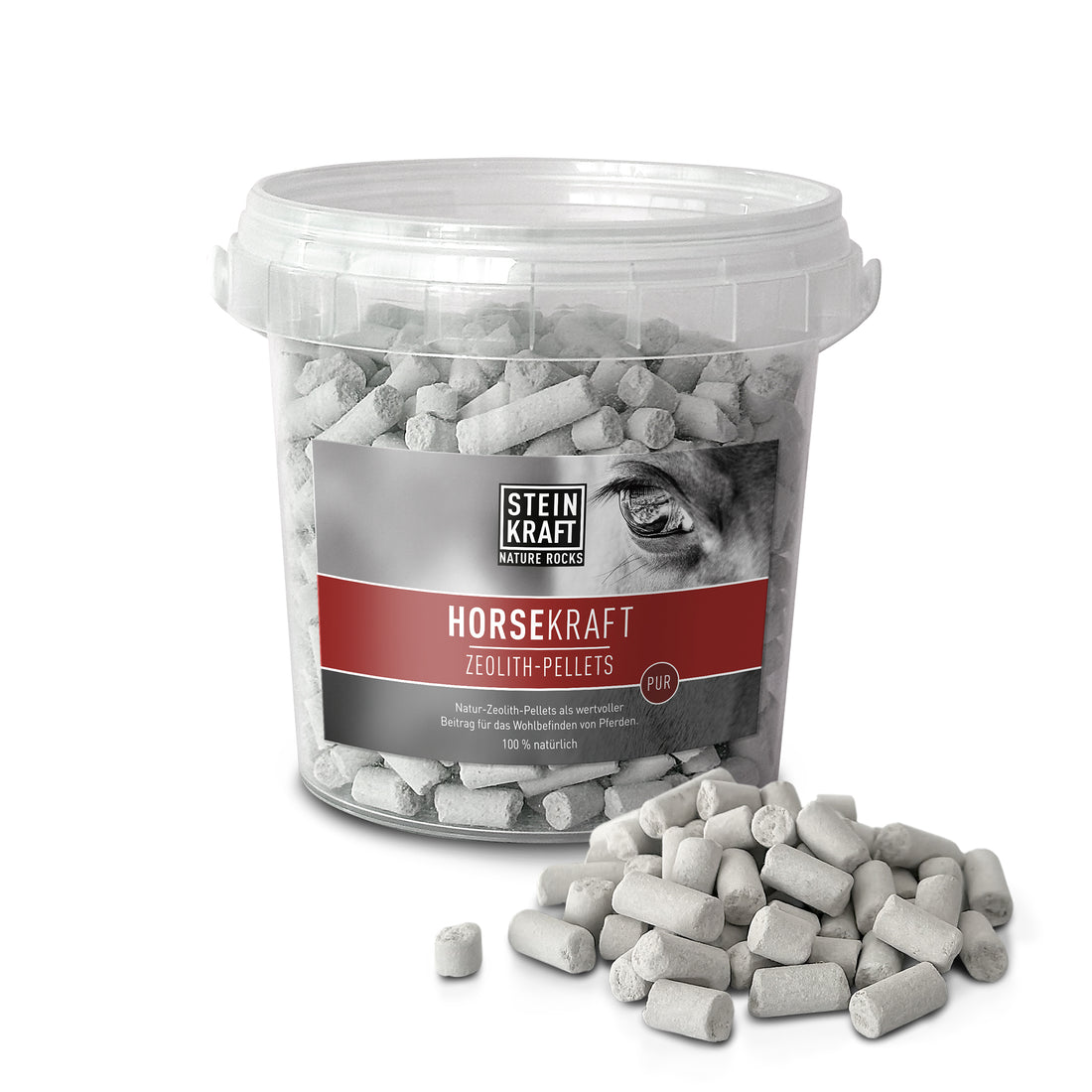From hay to lush spring grass
Spring brings not only warmer days and blooming landscapes, but also the eagerly awaited time when our horses can finally return to the pasture. This time of year is a joy for horse owners and their animals alike, offering the opportunity for natural exercise and fresh forage. But the transition from hay to lush spring grass also poses risks that we, as responsible horse owners, should not underestimate.

The dangers of a sudden change in feed
When our horses return to spring pasture after winter, the abrupt change in feeding schedule can lead to significant health problems. To better understand these, it's helpful to consider the following three main hazards:
1. Disturbance of the intestinal flora
Our horses' digestive systems are adapted to a specific composition and quantity of bacteria in the gut, which are primarily geared towards processing hay and straw. These roughages promote the proliferation of bacteria that can break down cellulose. A sudden introduction of fresh, carbohydrate-rich grass leads to a drastic change in the gut microbiome. The new feed components cannot be efficiently processed by the existing bacterial strains, resulting in dysbiosis—an imbalance that can cause digestive disorders such as bloating, diarrhea, and loose stools .
2. Production of endotoxins
When horses are abruptly transitioned to protein- and carbohydrate-rich grass, many of these carbohydrates can pass through the small intestine without being fully digested. Once in the large intestine, these undigested carbohydrates are fermented by the bacteria present there, leading to over-acidification of the intestinal environment and the death of healthy intestinal flora. The decay products of these dead bacteria, known as endotoxins, enter the bloodstream and can trigger systemic inflammatory reactions that affect not only the digestive tract but the entire organism.
2. Risk of laminitis
One of the most feared complications of a feed transition is laminitis, a serious and painful condition affecting horses' hooves. Intestinal acidosis and the release of endotoxins contribute to the development of laminitis. The high fructan content in early pasture grass, especially after cold nights, can further increase the risk, as fructans in high doses can be particularly toxic to the hoof structure.
This highlights the need to carefully manage access to early spring grass and slowly adjust feeding to protect the health and welfare of our horses.

How can zeolite help with grazing?
Zeolite can play an important role in the feeding of pasture-fed horses by helping to mitigate some of the risks associated with transitioning from hay to fresh pasture grass. Here are the main benefits of zeolite in relation to the feed transition:
1. Binding of excess fructans
Zeolite has the ability to adsorb and bind certain molecules, such as fructans . Since fructans in high concentrations can trigger digestive problems and laminitis, adding zeolite to the feed can help reduce the amount of these carbohydrates that enter the intestine and cause problems.
2. Stabilization of the intestinal flora
Due to its adsorbent properties, zeolite can also help bind toxins and other harmful substances that develop in the intestines when horses are transitioned to fresh pasture. This helps maintain a healthier pH level in the intestines and supports the balance of the intestinal flora. A healthier intestinal flora minimizes the risk of digestive disorders such as diarrhea and colic, which often occur with sudden feed changes.

3. Reducing toxin release
When zeolite application reduces the amount of undigested fructans reaching the large intestine, the production of endotoxins is reduced. These endotoxins are normally produced when bacteria break down the excess fructans and can trigger systemic inflammatory reactions. By reducing the amount of endotoxins entering the bloodstream, zeolite can help reduce the risk of inflammation-related diseases such as laminitis.

4. Support with detoxification
Zeolite can generally support the detoxification processes in horses' bodies. Due to its porous structure and ability to bind heavy metals and other toxins, zeolite helps rid the body of ingested toxins, contributing overall to the horse's health and well-being.
In summary, zeolite offers a natural and effective way to support the digestive system while minimizing the risks associated with changing diets.
Frequently asked questions about the use of zeolite to support our horses during grazing:
1. How much zeolite should I give my horse? What is the correct dosage?
Jump to article >>>
2. When should I start feeding zeolite?
Why not start two weeks before your pet goes out to pasture? By then, he'll already be accustomed to the natural mineral, you'll already have a supplementary feeding routine—we're practical—you'll already know how he eats it, how to dose it correctly, and you'll be able to concentrate on lovingly observing his grazing.
3. How long should I feed zeolite?
Zeolite can be used in the short term during transition phases, such as the pasture transition in spring, or in the long term to optimize feed.
4. Can zeolite help with other health problems my horse may have?
In addition to supporting diet transitions, zeolite is known to have a number of other benefits, including improving overall digestion, supporting detoxification, and potentially alleviating symptoms of chronic diarrhea. Zeolite can also help improve overall well-being and strengthen the immune system.
Read more here >>>
Zeolite for horses: Everything you should know about it.
5. How does zeolite work in my horse's digestive system?
Zeolite works primarily through its adsorption properties in the digestive tract. It can bind pollutants, toxins, and excess nutrients such as fructans, thereby reducing the likelihood of fermentation processes and excess acidity in the intestines. These binding properties help maintain a healthy pH balance in the digestive system and promote a more stable intestinal flora, ultimately leading to improved digestion.

Mindfulness towards our horses is a profound expression of our love for life in all its facets.
By embracing the seasons and their transitions as natural cycles of life, we open ourselves to new experiences and learning opportunities. The careful transition of our horses to pasture in spring, supported by zeolite, demonstrates our commitment to living harmoniously with nature's rhythms. It is our desire to support the well-being of our faithful companions at every stage and provide them with a smooth transition into the fresh and invigorating season.
Read more? YES!
Learn more about zeolite for horses >>> Challenges of our horses in spring









